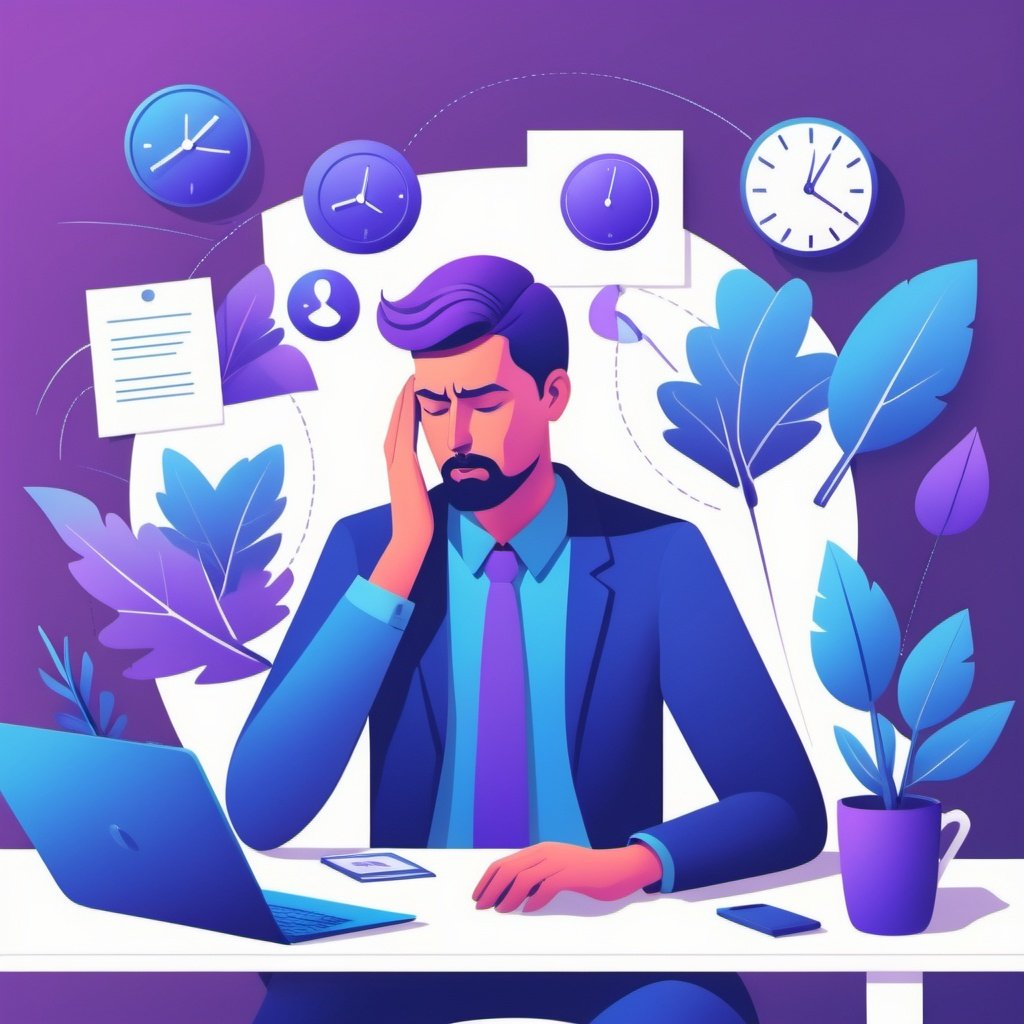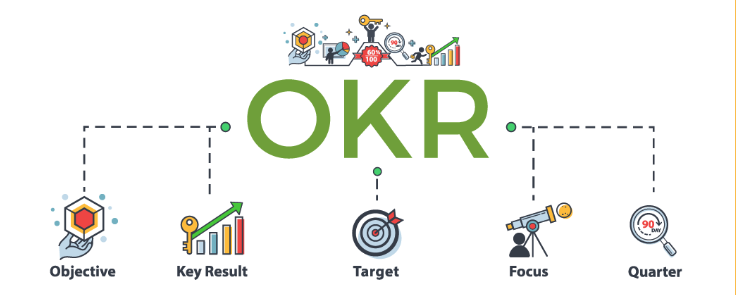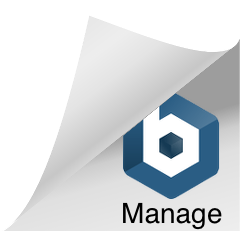Know About How Strategic Downtime Improves Performance

Strategic breaks during the workday are more than just moments to rest—they are scientifically proven boosts to focus, creativity, and overall performance. Taking well-timed and purposeful breaks replenishes cognitive energy, reduces stress, and enhances productivity. Understanding the science behind downtime can help organizations and employees design work schedules that maximize effectiveness and wellbeing.
The Cognitive Need for Breaks
Human attention naturally wanes over time due to cognitive fatigue. The brain’s ability to sustain focus decreases after prolonged periods of concentration, leading to reduced accuracy, slower decision-making, and increased errors. Neuroscience research shows that short breaks help reset the brain’s attention system, restore mental resources, and improve subsequent task performance.
For example, the Pomodoro Technique advocates for 25-minute work sprints followed by 5-minute breaks, balancing intense focus with recovery phases to keep energy high throughout the day. Studies also show that breaks involving movement or a change of environment—like a short walk or stepping away from screens—are particularly restorative.
Impact on Creativity and Problem Solving
Taking breaks isn’t just about regaining energy; it also fosters creative thinking. When the brain steps away from sustained problem-solving, it enters a “diffuse mode” of thinking that enables connections between disparate ideas and novel insights. This incubation period is critical in creative professions and tasks requiring innovation.
Breaks that encourage relaxation or light physical activity help stimulate different brain networks, enhancing the ability to approach problems with fresh perspectives and improved lateral thinking.
Best Practices for Strategic Downtime
Schedule Regular Breaks: Encourage employees to take short, frequent breaks rather than waiting until exhaustion sets in. Aiming for a 5-minute break every 25–30 minutes or a 15-minute break every 90 minutes works well for many.
Incorporate Movement: Use breaks for light stretching, walking, or breathing exercises to boost blood flow and reduce physical strain from sitting.
Digital Detox: Encourage time away from screens during breaks to rest the eyes and prevent digital fatigue.
Mindfulness and Relaxation: Use brief mindfulness exercises or quiet time to help reduce stress and recharge mental energy.
Create Break-Friendly Environments: Designate inviting, comfortable spaces for employees to take breaks away from workstations.
Organizational Benefits
Companies that promote strategic downtime see numerous benefits: higher employee satisfaction, reduced burnout rates, lower absenteeism, and increased productivity. Break-friendly cultures contribute to sustainable high performance and healthier, more engaged teams.
Practical Actions for Leaders and Employees
Implement policies encouraging regular breaks and provide training on their benefits.
Use reminders or digital tools to prompt employees to step away from work periodically.
Lead by example—managers who take and respect breaks set a positive tone.
Design office layouts or remote work guidelines that facilitate effective break-taking.
Key Takeaway
Strategic breaks are essential workday investments, not lost time. They sharpen focus, fuel creativity, improve wellbeing, and contribute directly to better performance. Prioritizing thoughtful downtime is a critical strategy for modern workplaces aiming to foster sustainable productivity.
References
https://www.forbes.com/sites/lisabodell/2025/08/04/strategic-planning-is-a-performance-preparedness-is-a-strategy/









